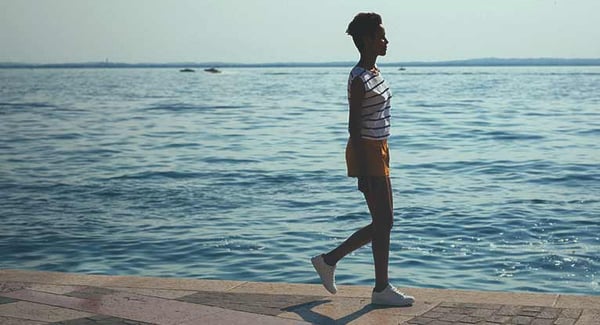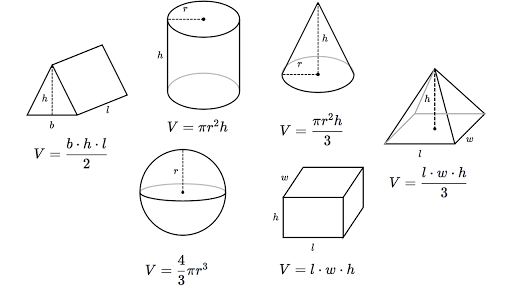2 min read
Backwards Planning and School Safety
![]() Bobby Decker, Operations Specialist
:
August 13, 2018
Bobby Decker, Operations Specialist
:
August 13, 2018
I stumbled upon a great article recently that got me thinking about school safety. Now, that may have been because I’m always thinking about school safety, but that’s not the point. The article was written by Rebecca Adler, and you can read it and other school-related content here at Edutopia.
 While backwards planning has found wide acceptance, backwards walking remains stigmatized.
While backwards planning has found wide acceptance, backwards walking remains stigmatized.
The whole piece is worth reading, but I was struck by the distinct similarities between instructional plan creation and safety plan creation. With August firmly entrenched and likely to be followed by September yet again, we’ve got school safety on the brain. Our Joffe experts are thinking about the process they’ll take in assisting and observing safety planning in schools across the country. Of course, that means they’re thinking about what they want to achieve with their partner schools. The end goals, so to speak.
For Adler, who is discussing the best practices for student learning, this backwards planning means her first step is to make a list of the necessary skills, concepts, and knowledge that will allow students to achieve goals. At Joffe, our process is similar. Safety is a conversation, and each school environment and community will have different priorities and perspectives. While there are some basics that never change, (I tried to get through high school while avoiding geometry - impossible.) we think this conversation allows for the design of the most effective safety plans possible.
 Um, SOHCAHTOA?
Um, SOHCAHTOA?
Next, we decide how we will assess performance in our stated goal areas. In the school safety world, that may range from tabletop exercises to a full-fledged moulage drill, and everything in-between. In terms of overarching goals, we want our partner schools to be able to handle the entirety of an emergency situation using their own resources. That doesn’t mean everything goes perfectly, but it does mean that students and staff are always kept safe and that the school continues to function in the days after a serious emergency.
So, now that the goals are set and we have a way to measure achievement, all that’s left is to design the path that leads up to that desired end goal. I won’t give away any proprietary secrets involved in our school safety programs (although you can find out more here). What I will emphasize once again is that there is no “one size fits all” school safety program that you apply to each and every school. Perhaps some safety consultants feel that way, but not us. We certainly have tenets of safety that all of our partner schools will achieve, but much like how students learn, every school arrives at that destination in a different way.
At the end of the day, one of the best ways for us to assess the effectiveness of safety improvements is to listen to our school partners when they tell us how they feel about their school’s safety: where they feel better, where we can still improve. Hearing their stated goals allows us to develop the unique plan to achieve them together.
Check out some of our newest articles on school safety below!
Effective Threat Assessment in Schools
10 Ways to Immediately Improve School Safety
Does Your School Need School Security?
Subscribe to our blog below, and have a great day!

